Collaboration Explores AI & Swarming in Tactical UAS
)
The Planning Office of the German Armed Forces has awarded Airbus Defence and Space GmbH, Quantum-Systems GmbH and Spleenlab GmbH a research endeavor to demonstrate and analyze the AI building blocks required for swarms of tactical UAS in a real-world scenario.
The project, titled KITU 2 (Artificial Intelligence for Tactical UAS), is funded by the German Ministry of Defence. The focus of the study is on the effectiveness of tactical UAS.
The partnership enables each company to leverage and bring in its key strengths:
- Airbus Defence and Space will contribute with trusted swarming algorithms, simulation environments and experimental hardware, and additionally required AI building blocks.
- Quantum-Systems provides the battle proven Vector 2-in-1 tactical aerial reconnaissance platform with built in AI edge-computing capabilities. The 2-in-1 platform enables heterogenous swarms, as it can be deployed as fixed-wing eVTOL Vector or as the multicopter Scorpion UAS and allows showcasing challenging and real-life missions with its flight endurance of 3 hours. Currently, Quantum-Systems is working on a family of systems strategy that will see its smaller and bigger platforms enter the market in 2024 and 2025 and provide customers with a seamless layered approach regarding range, flight time and payload capabilities.
- Spleenlab brings its expertise in AI edge software for swarming, which involves object recognition and robust navigation methods in communication denied environments.
Additional programs will also benefit from the research results and small UAS.
In the joint Main Ground Combat Systems (MGCS) program of France and Germany, ongoing since 2018, both countries are working on a new weapon system to expand the defensive and offensive capabilities of main battle tanks on the battlefield by integrating next generation technology and multiple platforms.
In the Future Combat Air System (FCAS) program, France, Germany, and Spain are developing a system consisting of manned new generation fighters, unmanned aircrafts, and new weapons and communications systems.
Both programs aim to bring multi-platform and multi-vehicle swarming to the battlefield and will benefit from the outcome of the KITU 2 program.
Swarming enables force multiplication by controlling multiple UAS with a reduced ground or air crew. According to Quantum-Systems, studies from the ongoing war in Ukraine have shown that multiple smaller and lower cost UAS might be more effective at delivering aerial reconnaissance results from the battlefield, as larger areas can be covered simultaneously, and losses can be mitigated more easily.
